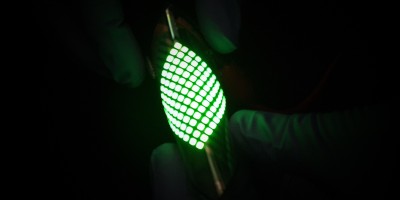A phase transition at the surface of a thin film of iron can be exploited to create a metallic non-volatile memory.

Change history
04 November 2010
In the original and print version of this News & Views, in the second sentence of the third paragraph, 'millivolts' should have read 'megavolts'. In the second sentence of the sixth paragraph, 'mV' should have read 'MV'. The HTML and PDF versions of the text are correct.
References
Gerhard, L. et al. Nature Nanotech. 10.1038/nnano.2010.214 (2010).
Spaldin, N., Cheong, S. W. & Ramesh, R. Phys Today 63, 38–43 (October 2010).
Duan, C. C., Jaswal, S. S. & Tsymbal, E. Phys. Rev. Lett. 97, 047201 (2006).
de Groot, R. A., Mueller, F. M., van Engen, P. G. & Buschow, K. H. J. Phys. Rev. Lett. 50, 2024–2027 (1983).
Yamauchi, K., Sanyal, B. & Picozzi, S. Appl. Phys. Lett. 91, 062506 (2007).
Author information
Authors and Affiliations
Rights and permissions
About this article
Cite this article
Ramesh, R. Making metallic memories. Nature Nanotech 5, 761–762 (2010). https://doi.org/10.1038/nnano.2010.218
Published:
Issue Date:
DOI: https://doi.org/10.1038/nnano.2010.218
- Springer Nature Limited
This article is cited by
-
Correction: Magnetoelectrics: Making metallic memories
Nature Nanotechnology (2010)


